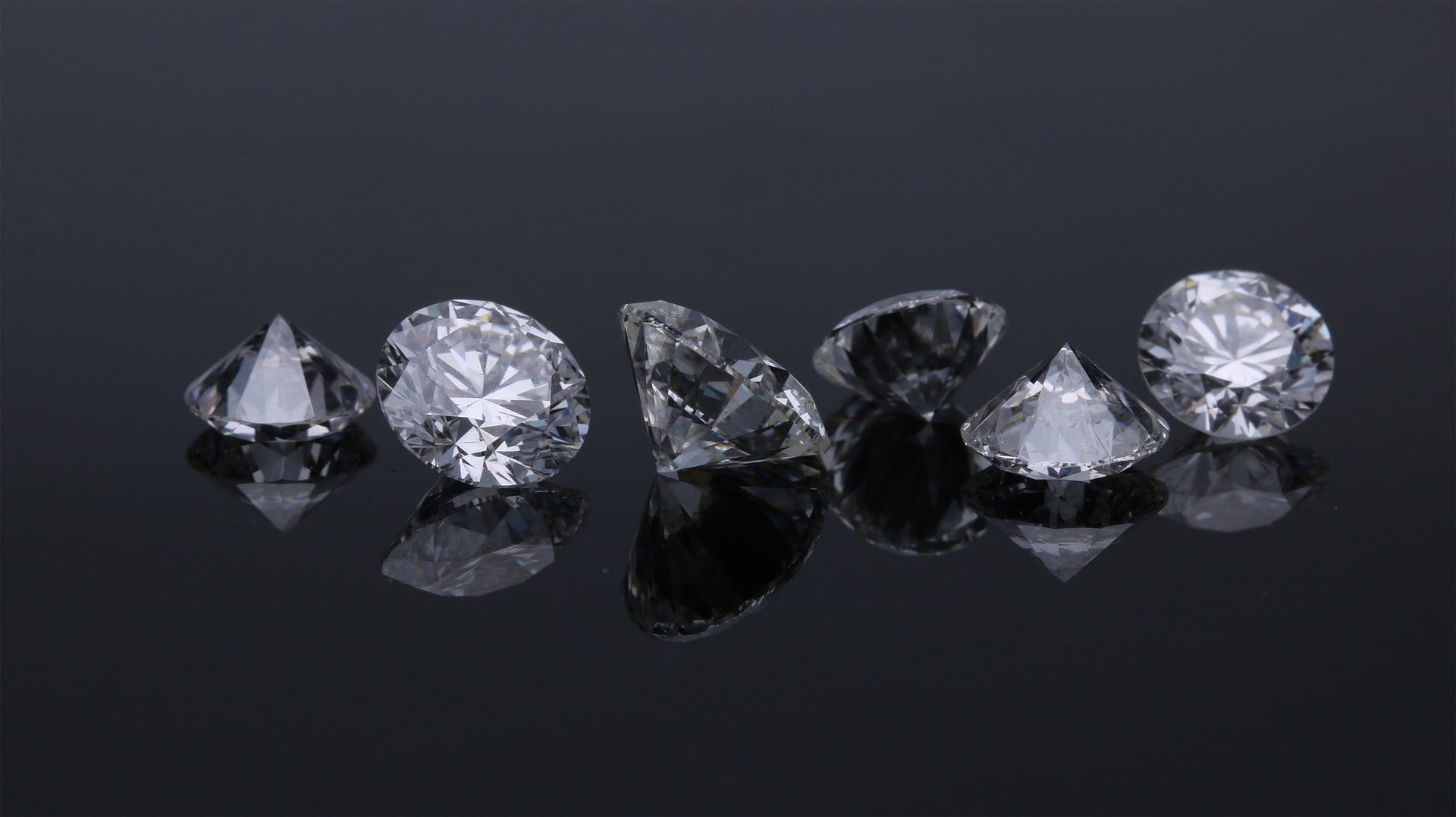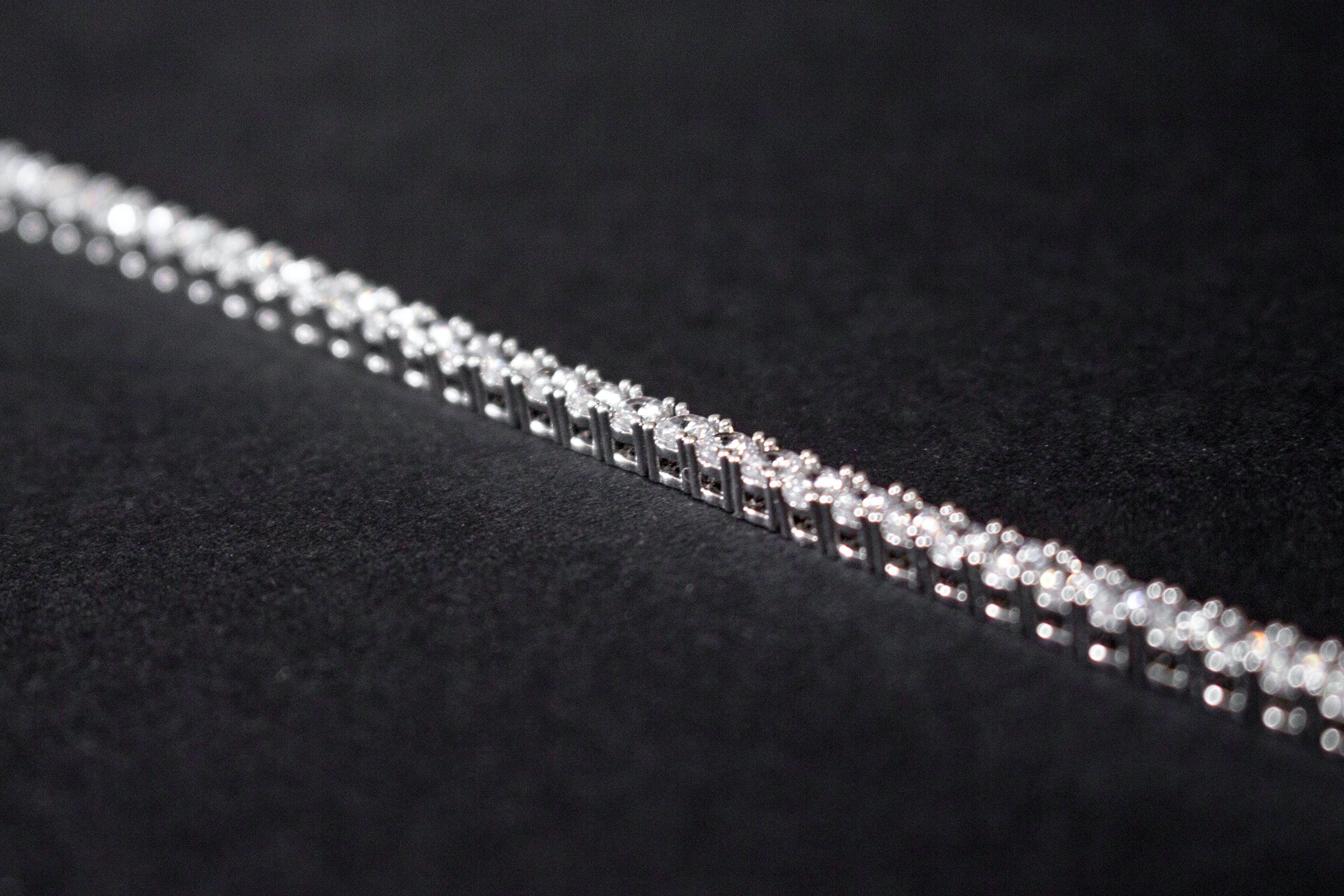Engagement and wedding rings are unique, and no two rings are truly identical. This is due to the incredibly wide variety of cuts and styles there are to choose from. Sometimes, a particular cut will be named after the shape of the diamond’s face; other times, it will be linked to the facets of the gem.
However, cuts and styling are a part of a quite involved process.
Whenever a gem is being shaped for polishing, a design guide is used to help inform the process. This design guide informs the cut. Cut does not simply refer to the shape of the finished diamond. Rather, the cut is informed by several factors, including symmetry, proportioning, and polish.
Depending on the particular cut of stones like diamonds, their level of brilliance can be strongly impacted. If a diamond is cut haphazardly, then it won’t be as luminous as a well-cut diamond.

Shape is another important element to consider before a gem is cut. The arrangement of facets that make up a diamond’s cut will influence the crystal’s shape and overall appearance. Some of the most popular shapes are round, cushion, marquis, asscher, oval, pear, emerald, and princess. There are a number of different shapes available and each shape simply describes a gemstone’s geometric appearance that is determined by the cut.
Important Diamond Cut Styles
-
Brilliant Cut
A “brilliant cut,” is when a gemstone is cut into the shape of a cone. Importantly, brilliant cut diamonds have a high number of facets, allowing them to take on an especially luminous appearance. Through the top of the cone shape, light return can be maximized.
-
Step Cut
Step cut diamonds come in a number of different forms. The unifying factor, however, is the rectangular or square shape, with facets graduating from the face of the diamond. These facets take on the appearance of a set of steps, hence the name.
Step cut diamonds can come in Asscher, emerald, baguette, and carré styles.
- Asscher cut diamonds are often mistaken for princess cut diamonds from afar. Although their shape is similar, the step-like arrangement of facets does not exist in a standard princess cut diamond.
- Emerald cut diamonds are rectangular and have a total of eight sides. Due to the shape and length of these facets, an emerald cut diamond will produce a “house of mirrors” effect.
- A baguette cut diamond is a step cut that has sharper and more pronounced edges, compared to a standard emerald or Asscher cut. This creates a unique rectangular shape. These diamonds also don’t tend to sparkle much and will instead reflect light similar to a hologram.
- Finally, carré cut diamonds are less popular than the previously mentioned cuts, although they do take on the interesting appearance of a pyramid when seen from above.
-
Mixed Cut Diamonds
Mixed cut diamonds share characteristics of both brilliant and step cut diamonds. A popular mixed cut is the princess cut, which has a weight retention feature and is especially brilliant, compared to other mixed cuts.
Are you in search of the perfect wedding or engagement ring, but aren’t quite sure what cut to go for? Consider browsing Kobelli’s vast selection of options, including brilliant, step, mixed cuts, and more.


